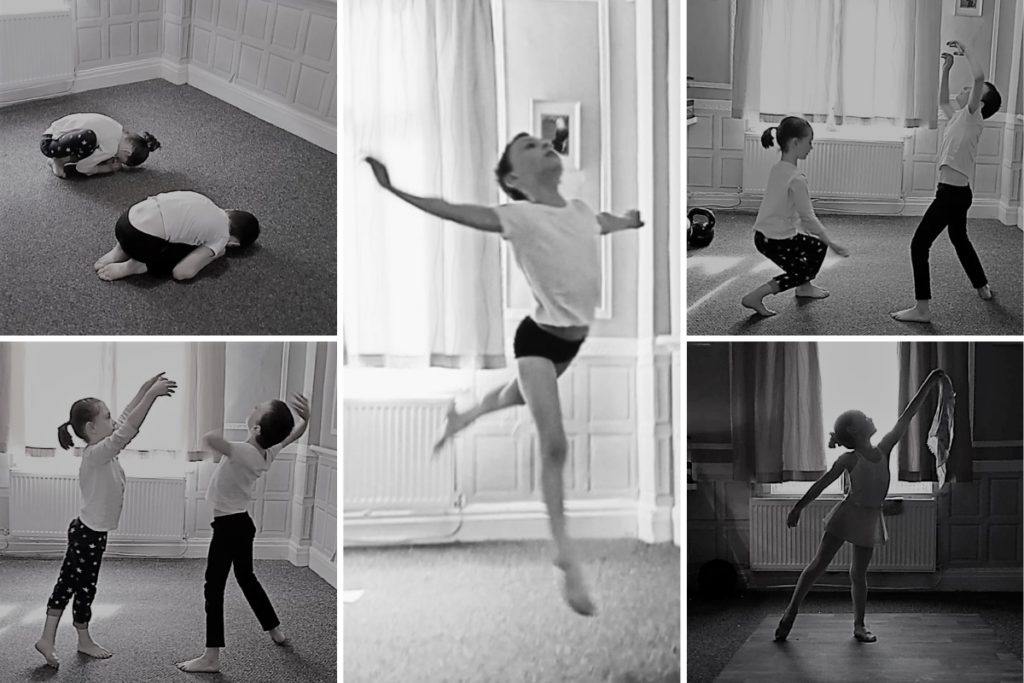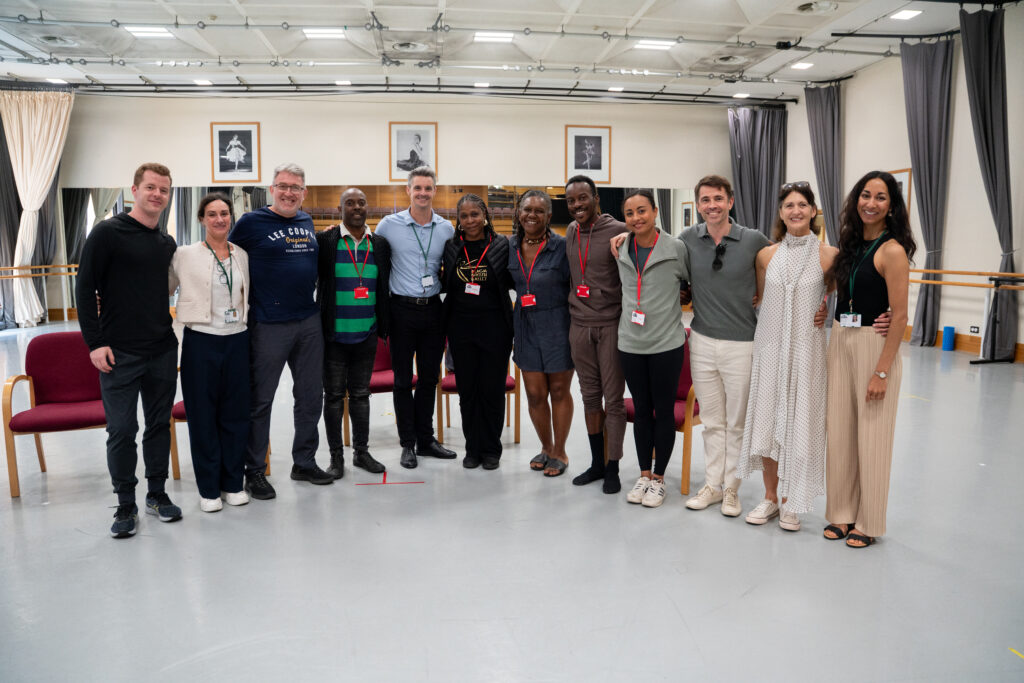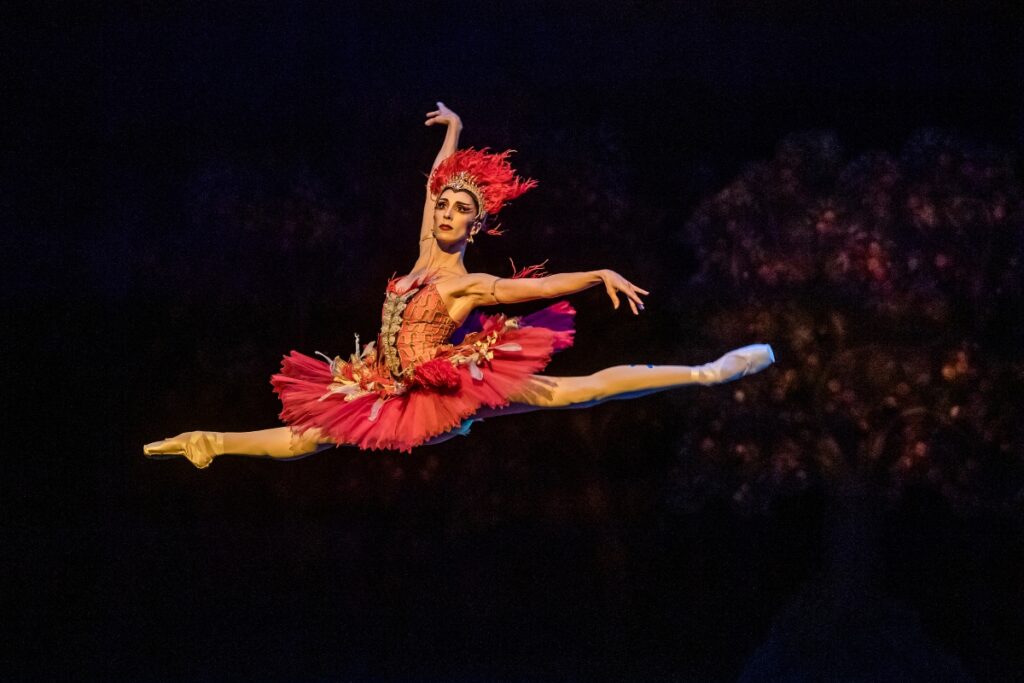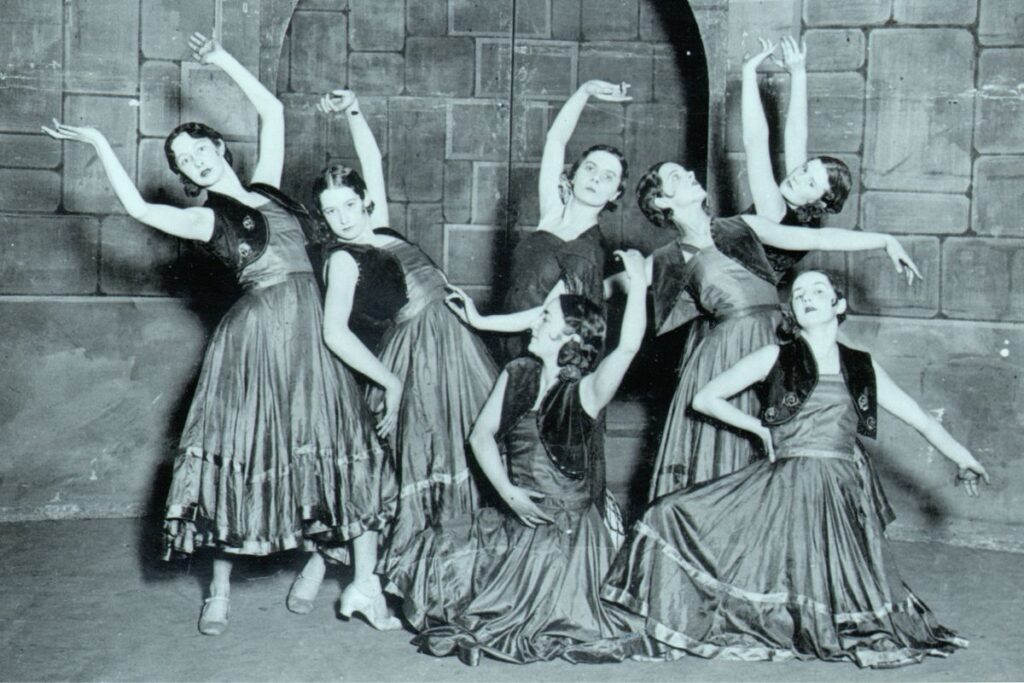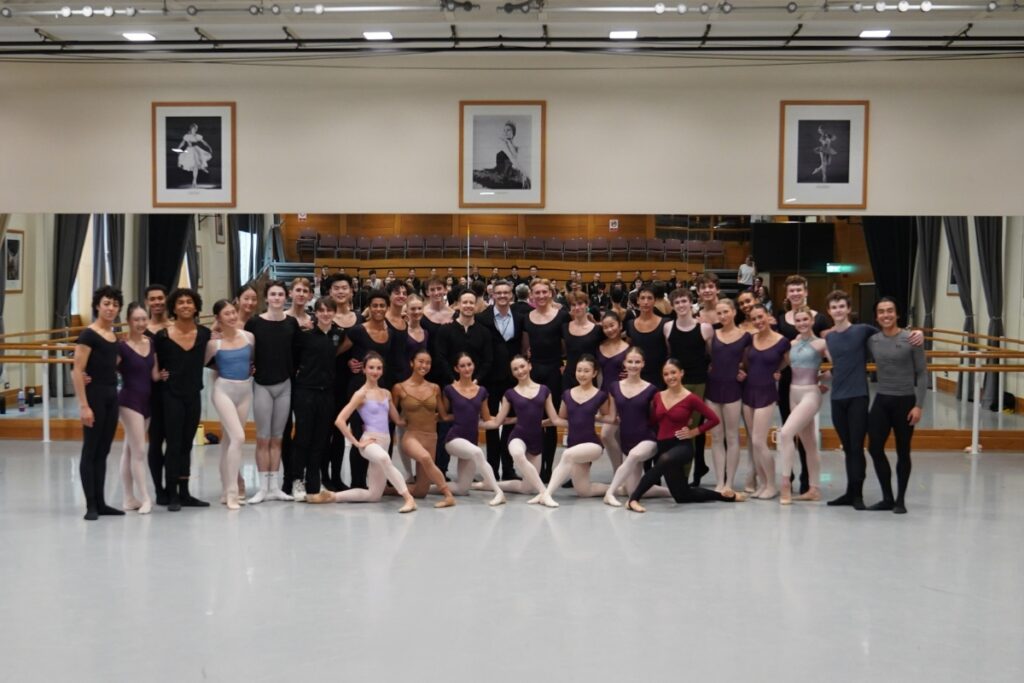Fostering a love for ballet and movement– Primary Steps on Demand for home educators
Part of our mission at The Royal Ballet School is to raise awareness of the benefits of dance and create opportunities for young people to engage with ballet and access high-quality creative dance education. Our accessible Primary Steps on Demand programme delivers on this mission, taking an innovative approach to the teaching of ballet, helping to develop students’ creativity and independent thinking skills while fostering a love for movement.
We spoke to Rosemary, a passionate home educator who implemented the programme into her children’s home education curriculum. Rosemary spoke of her experience with Primary Steps on Demand and how it has enhanced the home education journey for her children Rawdon and Sylvie, leading to her son joining the School’s Junior Associate Programme in Manchester.
You have two children whom you have home-educated. Can you tell us how you have integrated Primary Steps on Demand into your home education and dance journey?
Since lockdown, we started doing ballet at home because they used to do children’s ballet classes once a week for fun. But when lockdown hit, and then there were Zoom classes, I just thought I could do this more easily, and it’d be less stressful if I just taught them myself.
We already had a certain amount of dance in our home education. My daughter’s home-educated, and my son was home-educated for a certain period. When they were both at home, we would have all of our academic lessons and then dance so they could let off some steam and we could move. Now that my son is back in mainstream school and because we didn’t want to give up Primary Steps for him, we get up very early, have breakfast, and then do our ballet. Sometimes we do a syllabus class, and sometimes we do Primary Steps, which gets us moving before anything starts. By the time he goes to school, he’s already done a whole ballet class, which helps him concentrate. He works much better, having done that movement beforehand.
How have you found teaching the programme as a home educator?
Before lockdown, I hadn’t had any specific dance teaching experience, but I danced a lot myself when I was younger, I did a lot of ballet, and then I was a personal trainer for a while, so they fitted together very well. Since lockdown, I’ve been teaching them ballet specifically and then Primary Steps, and it’s quite nice because it means I get a chance to dance with them as well.
With Primary Steps, we have qualified, wonderful teachers who are charismatic, and I can step back, and the children have somebody who’s not myself giving them their classes. The lesson plans are very clear, but in fact, the video classes are so well set out that you don’t even need to have read the plan to be able to follow the classes perfectly well. We can switch on and let it happen and just shepherd the children as you don’t have to do any technical teaching. I think it’s probably almost as easy to deliver the classes as a non-dancer than as a dancer.
Do you have a favourite aspect of Primary Steps on Demand?
I like the imaginative elements because, of course, in ballet, you need to do the same thing over and over again. For instance, you’re going to warm up with pliés and tendus, but each time, the children don’t realise that they’re doing the same thing as they imagine something different.
I really love the live music. Obviously, it’s not live once it reaches us because it’s recorded, but it feels live. The music’s lovely and fits the idea that when you’re being a tree, it feels like you’re growing and the wind’s blowing the branches around. You can really imagine what’s happening. We especially love Mr Sanders and his wonderful saxophone. In fact, every time there’s a class where the teacher says, ‘and Mr Sanders is playing music for us,’ the children all say, ‘Hooray, Mr Sanders!’
Another thing I like about it is that the classes are based on a particular element of ballet, and then you’ve got all the classes based on something they’ll encounter in their school syllabus. For a home educator, that’s particularly nice because I’m doing a syllabus as well, so we get to do things that will match on that day.
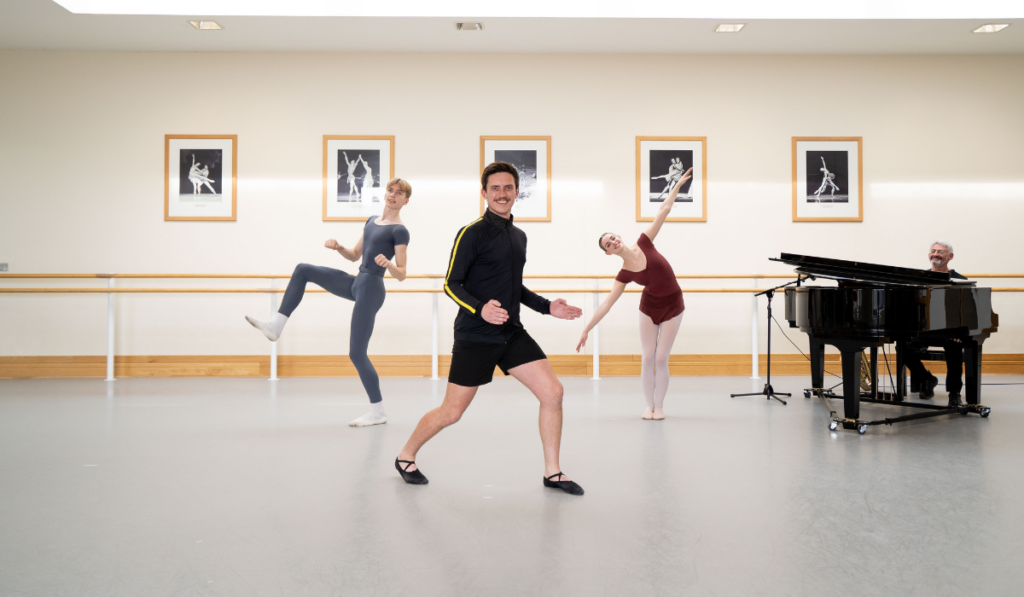
What has Rawdon learned from the programme?
He absolutely loves the creative elements, like being a seed that’s growing or being a meteorite; that’s his favourite; he loves to be a meteorite and crash on the planet! The choreographic elements as well, where you’ve been working on various movements and steps, and then you get to be in charge of making a piece; he loves that, being given a piece of music and then putting it together and teaching it to somebody else. He really likes creating.
As part of Primary Steps on Demand, the School offers CPD sessions to educators, which you regularly attend. How have you found the CPD webinars? Have they been beneficial as a home educator?
I enjoy the CPD sessions for several reasons. One is that it gives us something to think about, as each is themed around a specific topic.
Also, it’s nice to have contact with the organisers of the programme and with other people who are delivering the programme in very different settings. There’s some people in primary schools, and somebody in a dance school, and then there’s me in a home education setting, and it’s nice to have the contact because, as a home educator, you often feel that it’s just you. This is more regular contact with other people doing the same thing, maybe in slightly different ways, but on a similar journey.
In very exciting news, your son Rawdon has recently been accepted into The Royal Ballet School’s Junior Associate Programme in Manchester. Do you think Primary Steps on Demand has contributed to this achievement?
I think so, in several different ways. The Primary Steps programme is not focused on lots of different complicated steps but more on the way you’re moving, how you stand, and how you feel and interpret the music. With the syllabus classes, we’re learning actual steps and how to move in those particular ways. The combination is very good, especially with Rawdon because he’s very high energy and loves dancing; he hears music and just dances. If I get too bogged down in details, he stops feeling that he’s dancing and having Primary Steps incorporated means that we’re constantly having lots of interpretation, and he feels freer.
You mentioned the positive impacts of integrating movement and ballet into Rawdon and Sylvie’s daily schedule. In your mind, what benefits do young children experience participating in dance, and this programme in particular?
For children to dance, even if they’re not going to be dancers, it gives them confidence and good posture, which they can take through to everything in life. If you have good posture, you seem more confident and stand out from the crowd.
Another really big one is the fact that because Primary Steps is in schools, it’s not just for people who have been chosen to go to dance classes. It’s for everybody. You get an equal number of boys as girls, which Rawdon has never experienced. Until very recently, he never had another boy in his class.
I think there’s an attitude sometimes that boys shouldn’t do ballet. I know that sounds very outdated. If you have ballet in schools and Primary Steps in schools, you’ve got everybody in together, and it doesn’t occur to them at that age that there’s anything unusual about it. They can then carry that attitude for the rest of their life, that it’s the normal thing to do.
Would you recommend this programme to other home educators?
Definitely, it’s easy to deliver, and it doesn’t need any special skills. It allows you to bring exercise and movement into your home environment. For home educators, you tend to make sure you get the maths done, you make sure you get the English and science, and it’s very easy to let movement fall by the wayside. This is a really good way of incorporating it without really any trouble to yourself, and you get to join in as well. It’s a win-win situation.

